Antonio Canova and Bologna: exhibition on the link between the sculptor and the city at the Pinacoteca Nazionale
Antonio Canova and Bologna. Atthe Origins of the Pinacoteca is the exhibition scheduled from December 4, 2021 to February 20, 2022 at the Salone degli Incamminati of the Pinacoteca Nazionale in Bologna, dedicated to the master of Italian Neoclassicism and his relationship with the city, the relations he maintained with the city’s institutions and diplomatic activity, as a result of which the sculptor succeeded in obtaining the return from Paris in 1815 of most of the masterpieces requisitioned by Napoleon’s commissioners, now the substantial core of the Pinacoteca’s collection.
Paintings, sculptures, manuscripts and documents from various museum institutions, libraries and archives flank the works in the museum, whose permanent exhibition itinerary will be an integral part of the project. Of particular importance is the contribution of the Academy of Fine Arts of Bologna and that of the Civic Museums of Bassano del Grappa. Also crucial were the loans generously granted by such Bolognese institutions as the Collezioni Comunali d’Arte, the Biblioteca dell’Archiginnasio, the University of Bologna and the Fondazione Carisbo, as well as the Pinacoteca Civica di Cento. The exhibition, which is also an opportunity to recall the origins of the largest public collection of Bolognese art, is part of a pilot project within a program of initiatives with which the Pinacoteca Nazionale di Bologna intends to renew its presence in the cultural fabric of the city, making explicit the link between the museum’s heritage and the history of the territory and thus strengthening the link between past and present. In this perspective, three main objects of research converge in the exhibition’s scientific project: Antonio Canova’s visits to the city, the relations he maintained with the city’s institutions, and his diplomatic activity, as a result of which the sculptor succeeded in obtaining the return from Paris in 1815 of a large part of the masterpieces requisitioned by Napoleon’s commissioners, today the substantial nucleus of the Pinacoteca’s collection.
The exhibition, curated by Alessio Costarelli, is divided into three sections. The first contains accounts of the relationships forged by Canova and of the works of art he most appreciated during his first stay in Bologna in the fall of 1779. Selected materials include the sculptor’s Self-Portrait and his Travel Diary 1779-80, as well as Bolognese accounts related to his passages through the city, for example, the collection of poetic poems Per l’aspettato arrivo di Canova in Bologna (referring to his 1810 stay). Among the works mentioned in the diary, the Madonna and Child with Saints from 1590-92 by Annibale Carracci stands out in this start of the exhibition itinerary, now preserved in the Pinacoteca, but which the sculptor admired in its original location in the church of Saints Ludovico and Alessio, finding it “beautiful.”
The second section is devoted to the relationship between Canova and the Academy of Fine Arts in Bologna, which matured over the course of more than two decades between the beginning of the 19th century and the artist’s death. The relationship is documented by the plaster casts donated to the institution by the sculptor, including the Head of Pope Clement XIII Rezzonico and the Penitent Magdalene, of which it is possible to admire for the first time the results of the restoration conducted for the occasion by the Academy’s School of Restoration. Finally, the third section presents to the public a selection of the works that Canova himself selected to be returned to the city. Among the “saved” works will be displayed paintings by Perugino, Ludovico Carracci, Giacomo Cavedone, Parmigianino’s Pala di Santa Margherita, as well as two extraordinary works by Guercino that on their return from France passed through Bologna before being returned to the city of Cento.
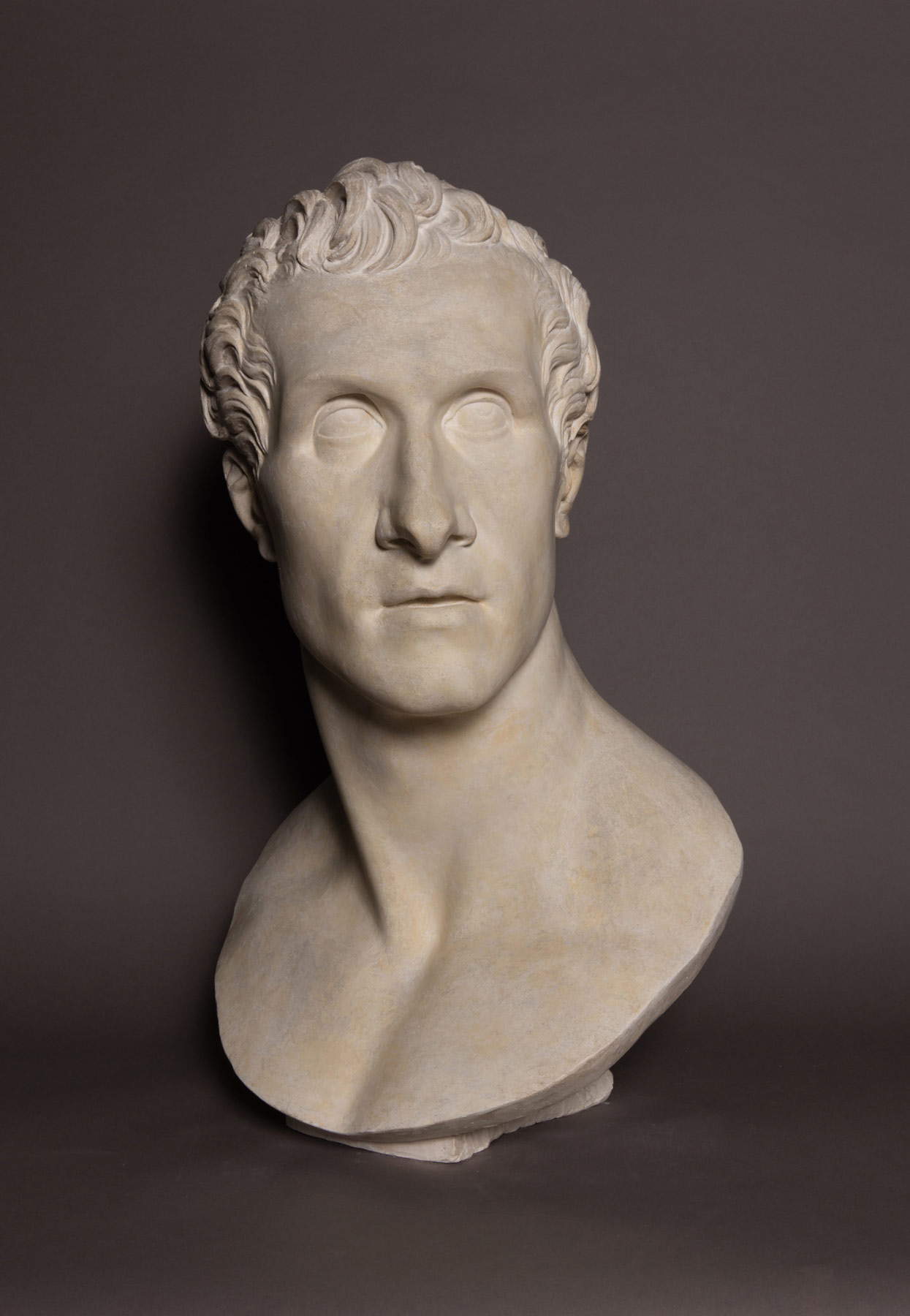

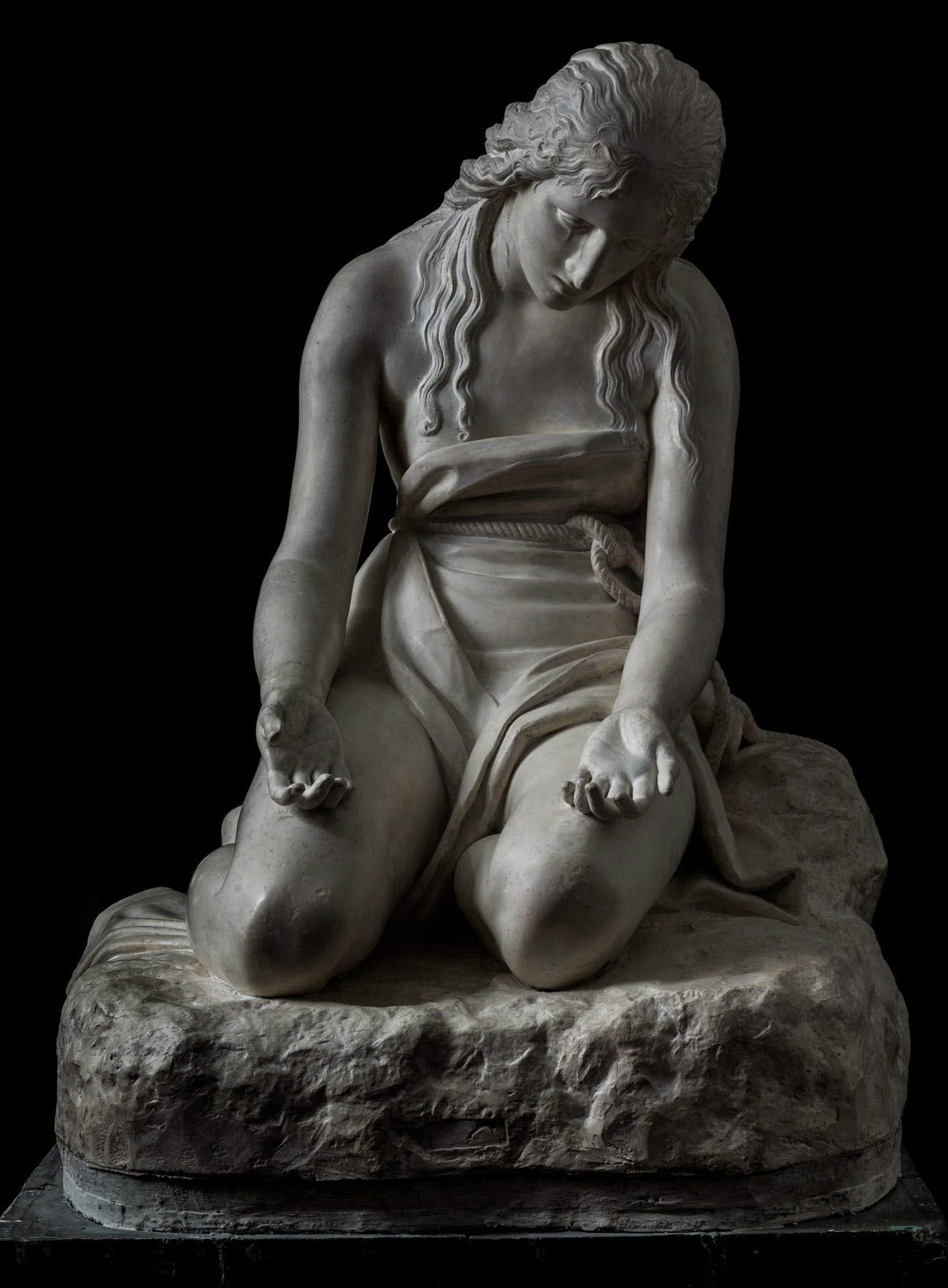
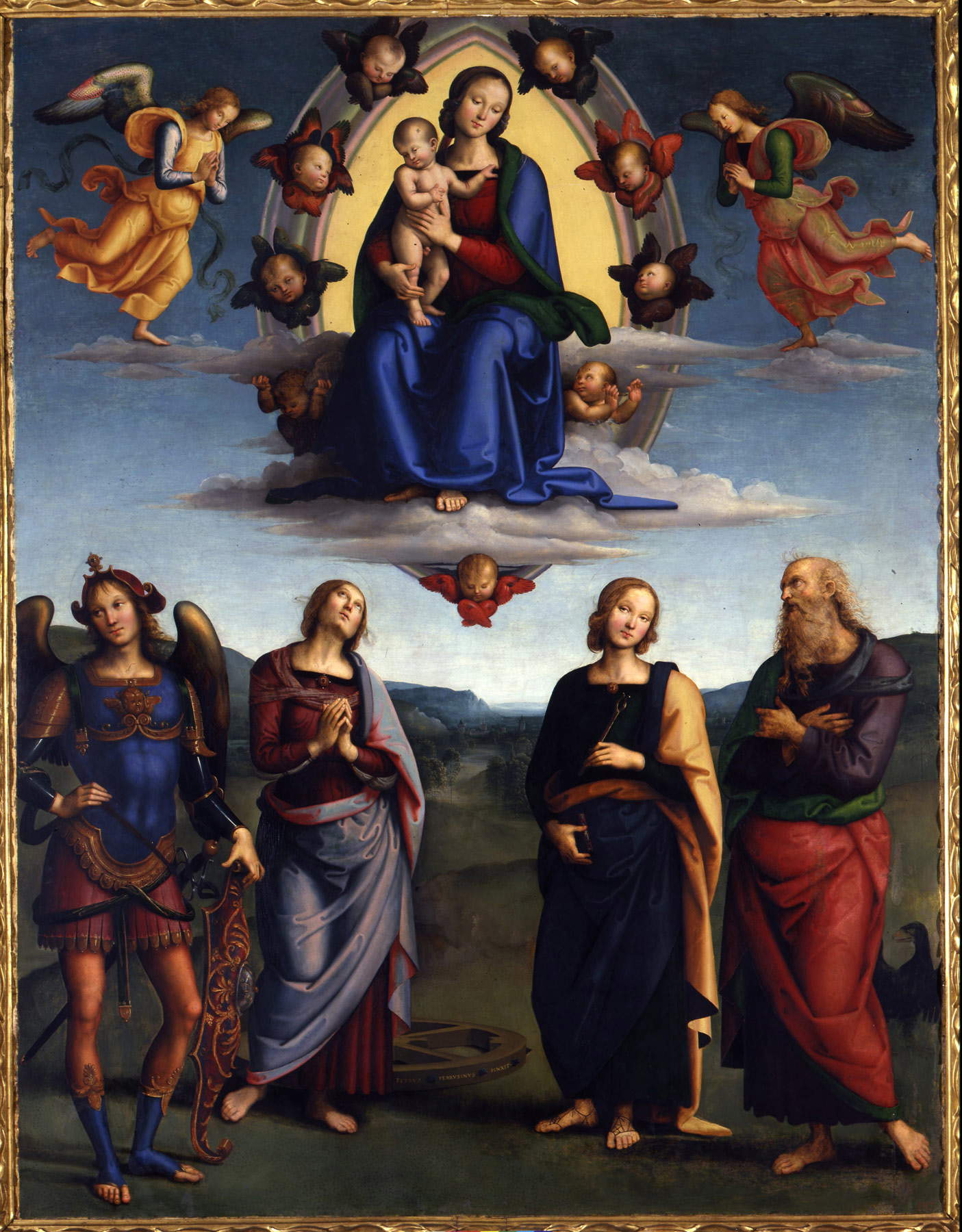
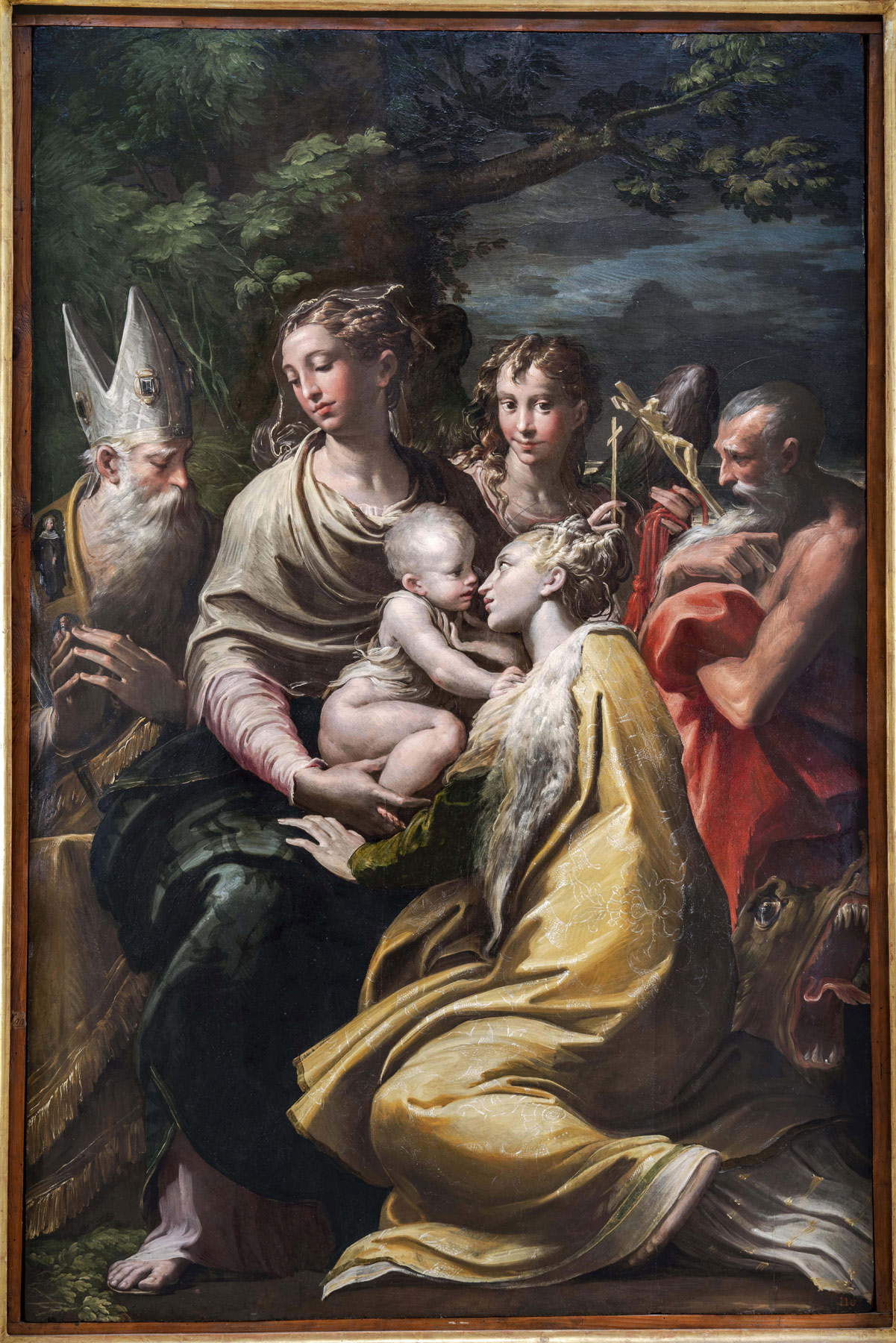
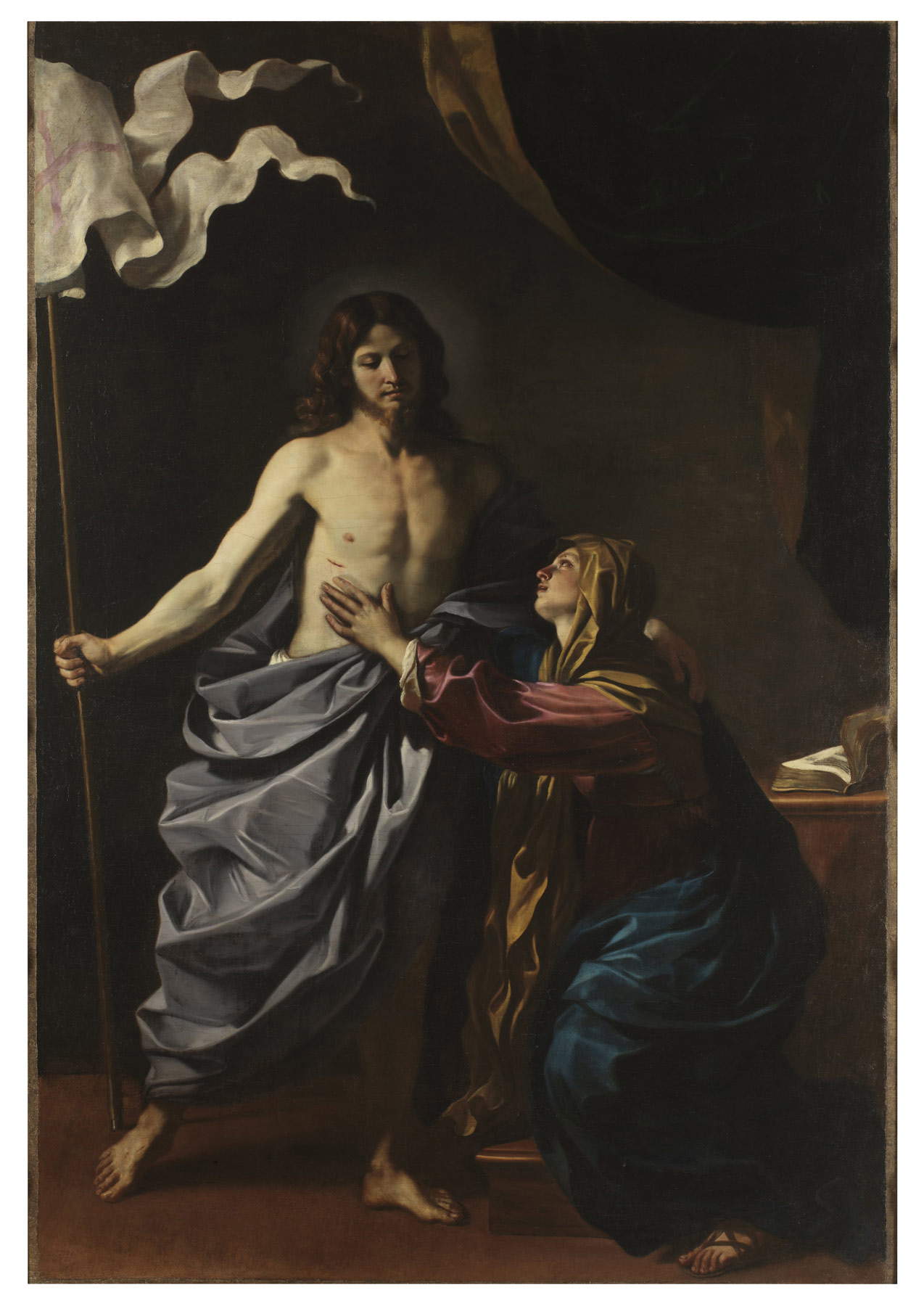
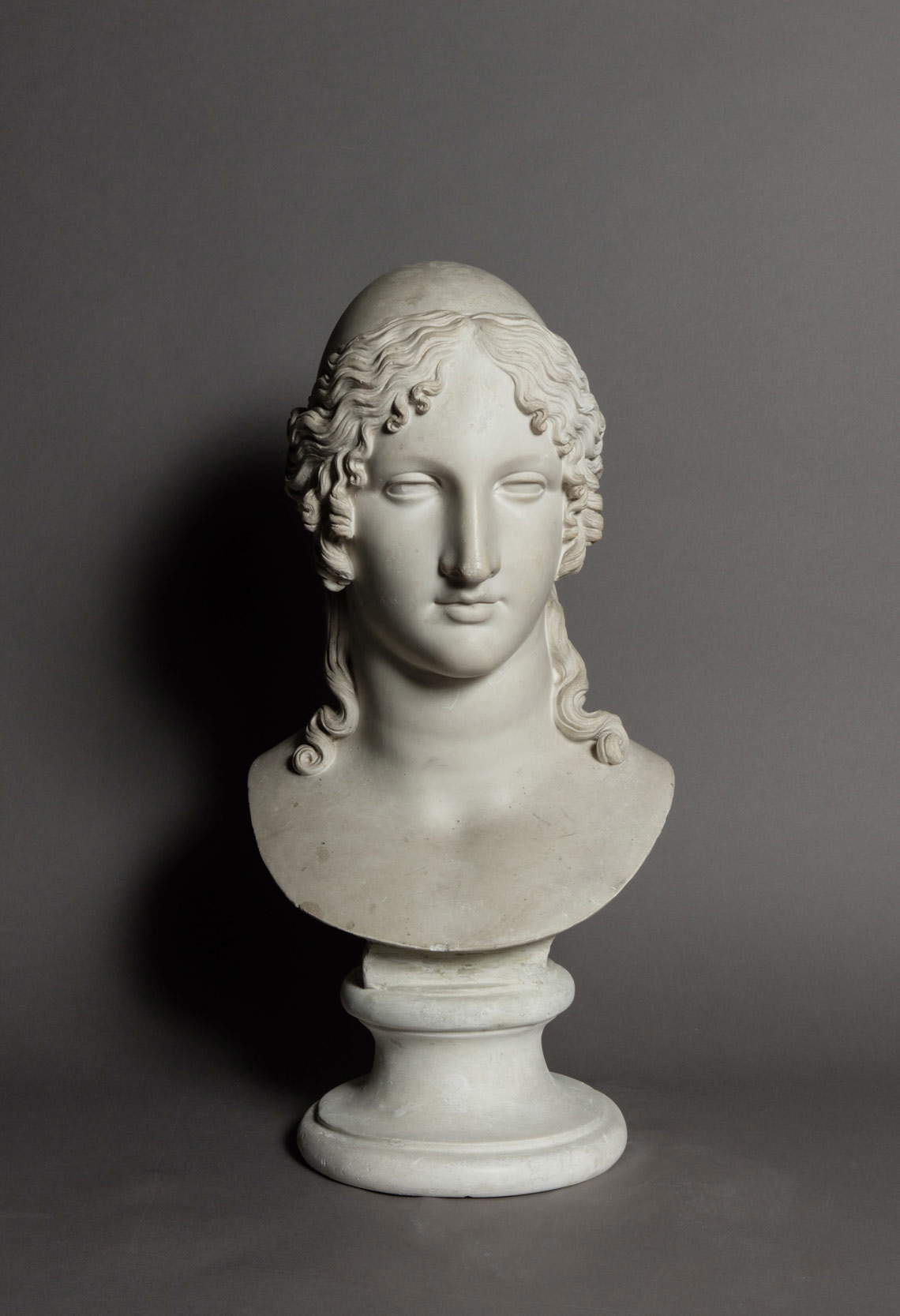
The exhibition ends with a re-enactment of the historic exhibition that took place in the Church of the Holy Spirit starting in January 1816 and featured 18 of the returned masterpieces. The Holy Spirit event represented not only the celebration of an extraordinary event, that is, the return of previously removed artworks, but also the first major exhibition of ancient art organized in Bologna by the local institutions themselves, an important moment of aggregation that strengthened the bond between the citizenship and its rediscovered heritage. The exhibition, promoted in synergy with the Accademia di Belle Arti of Bologna, benefited from the collaboration of the Società di Santa Cecilia. Friends of the National Picture Gallery of Bologna, the Department of Architecture of the University of Bologna and the publishing house Electa. Antonio Canova and Bologna. At the Origins of the Pinacoteca is accompanied by the publication of the catalog published by Electa.
“The exhibition’s narrative,” says Maria Luisa Pacelli, director of the Pinacoteca Nazionale di Bologna, “begins from the artist’s point of view, with accounts of the relationships he forged and the works of art he most appreciated during his first stay in Bologna in the fall of 1779 and in subsequent stops in the city throughout his life. Another important section is then devoted to the relationship between Canova and the local Academy of Fine Arts, which matured over the course of more than two decades from the beginning of the 19th century: this relationship is documented by plaster casts donated to the institution by the sculptor and by interesting documents dating back to when the Pinacoteca was still part of the Bolognese Academy, before it achieved autonomy in 1882. In light of this, the project also lends itself to publicly inaugurating the renewed alliance between the museum and this important educational institution with which it shares its origins and a significant part of its history. From these assumptions, Accademia and Pinacoteca intend to re-construct a common path that capitalizes on the opportunities arising from the union of the values and expertise of a school and a museum, with the ultimate goal of expanding and improving the services and activities of each institution and strengthening its presence in an area of the historic center exceptionally dense with cultural institutions, but long perceived as secluded and, in many ways, problematic. The heart of the exhibition is devoted to the works that Canova himself selected to be brought back to Bologna. Some of these are displayed in the exhibition, others remain in the museum’s permanent itinerary, setting up a dialogue between the temporary exhibition and the permanent collection under the banner of a natural complementarity that induces the visitor to appreciate one while rediscovering the other: in fact, among the rescued altarpieces are many of the Pinacoteca’s capital works. In adherence to the 1816 exhibition, the public is also offered a representation of the paintings from Cento now preserved at the Pinacoteca Civica Il Guercino di Cento, with which the Bolognese museum has long maintained a fruitful dialogue of mutual enrichment.”
Hours: Tuesdays, Wednesdays 9am-2pm, Thursdays-Sundays and holidays 10am-7pm, Mondays closed (closed Dec. 25, 2021 and Jan. 1, 2022). Last admission 30 minutes before closing. Ticket prices: Full euro 10.00. Reduced (18 to 25 years old) € 2.00. Reduced (holders of Card Cultura, Bologna Welcome Card Easy or Plus) euro 6.00. Legal free admission is guaranteed. The admission ticket allows access to both the Pinacoteca Nazionale and Palazzo Pepoli Campogrande (via Castiglione, 7). Access for groups with mandatory reservation. Access for groups consisting of 8 to 25 people will be allowed only with prior reservation through the IO PRENOTO App, which can be downloaded at the link https://ioprenotoapp.com. Reservations must be made by only one person per group, indicating the total number of participants and selecting the time of access, which will be staggered every 30 minutes. The reservation does not entitle the group to preferential access to the ticket office and the exhibition, but it does ensure the quota of flows. For individual visitor access and for groups under 8, reservations are not required. Information: www.pinacotecabologna.beniculturali.it, pin-bo.urp@beniculturali.it, Tel. +39 051. 4209.441 - +39 051. 4209.406 +39 051. 4209.467 - +39 051. 4209.442,
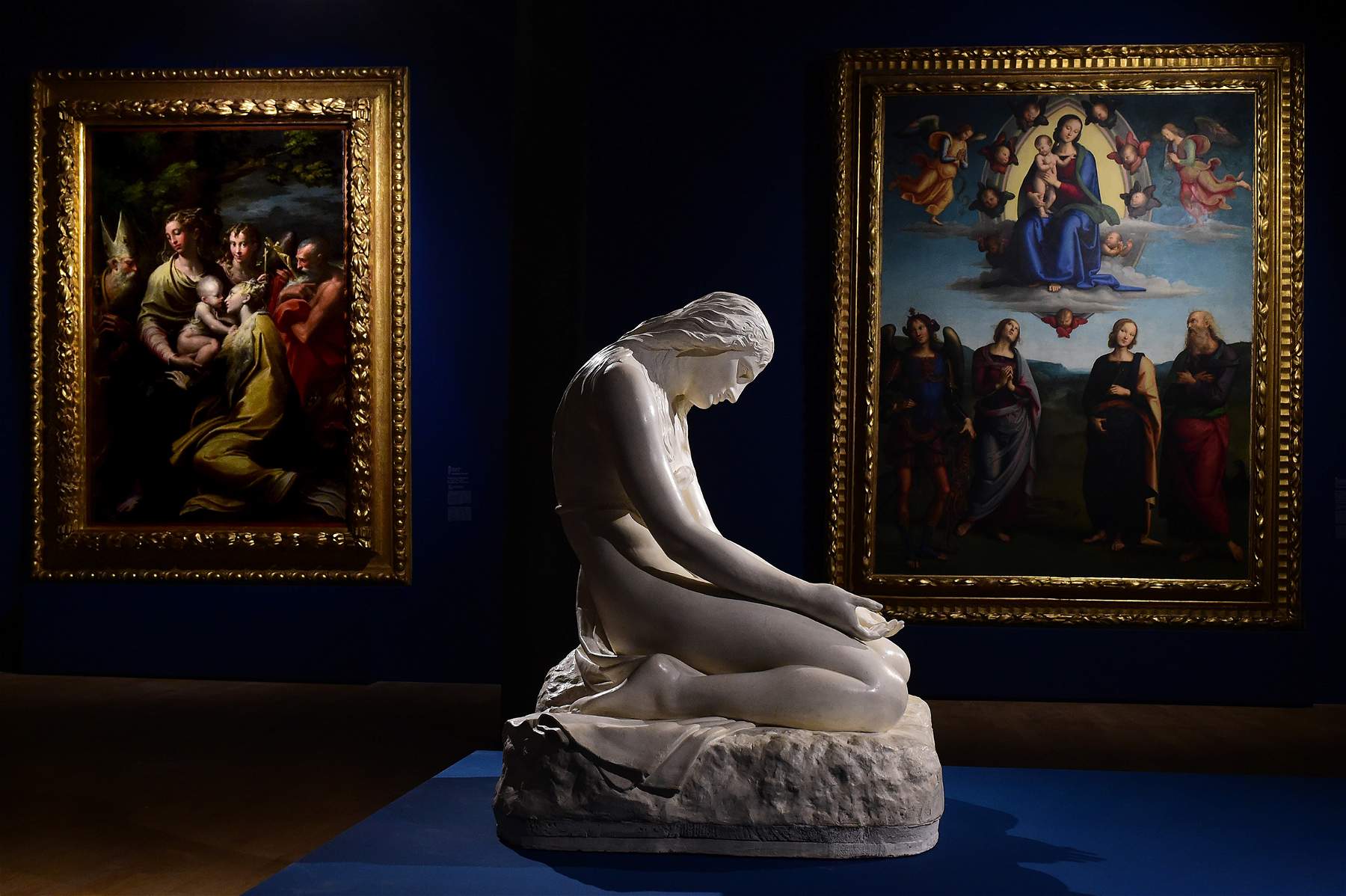 |
| Antonio Canova and Bologna: exhibition on the link between the sculptor and the city at the Pinacoteca Nazionale |
Warning: the translation into English of the original Italian article was created using automatic tools. We undertake to review all articles, but we do not guarantee the total absence of inaccuracies in the translation due to the program. You can find the original by clicking on the ITA button. If you find any mistake,please contact us.




























